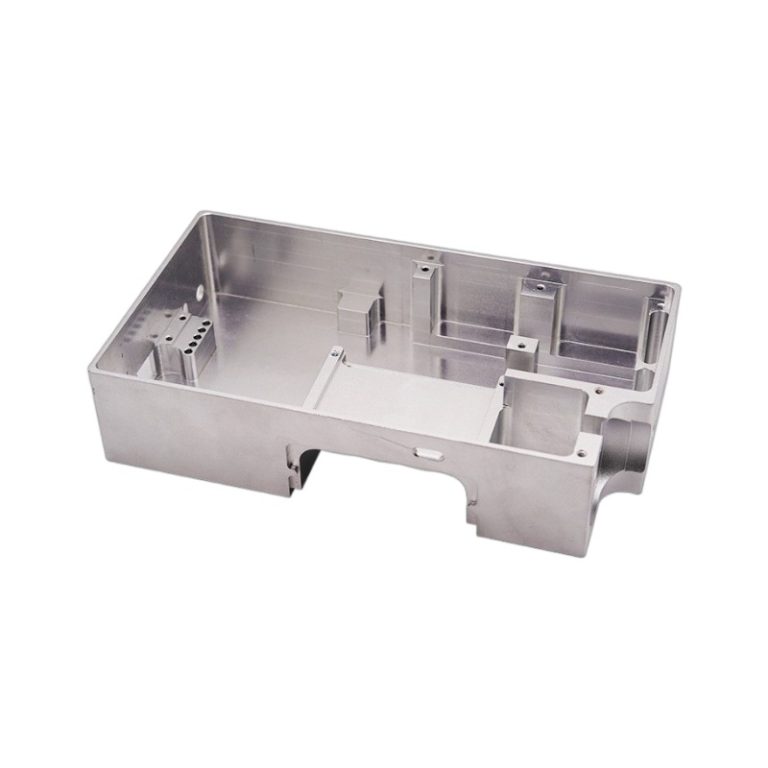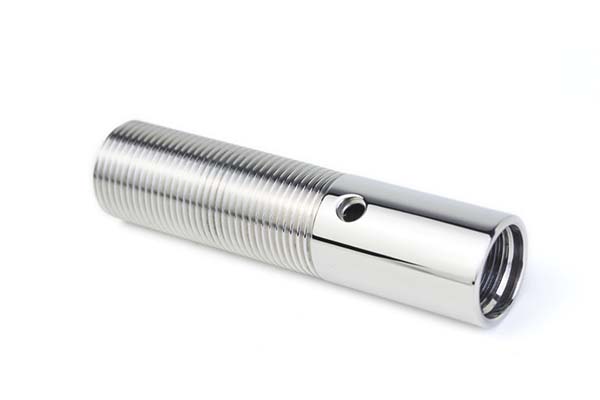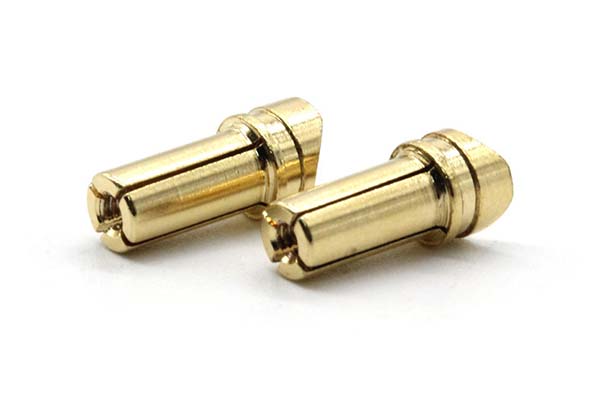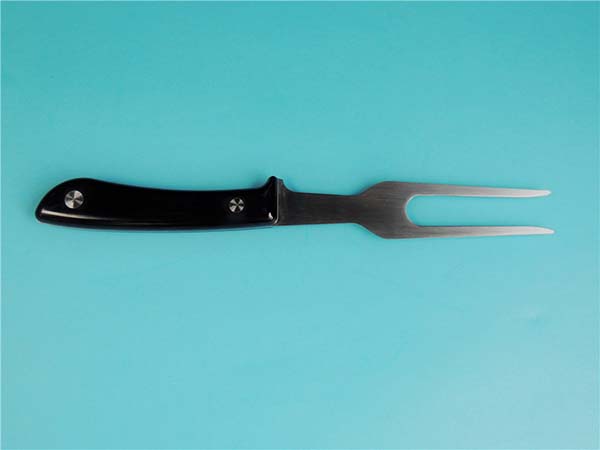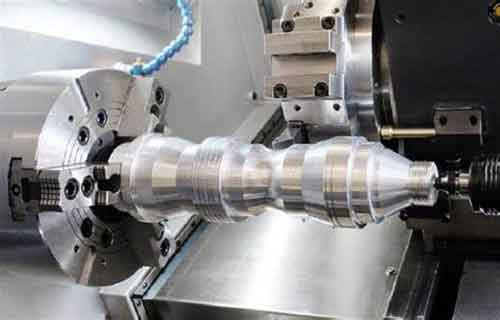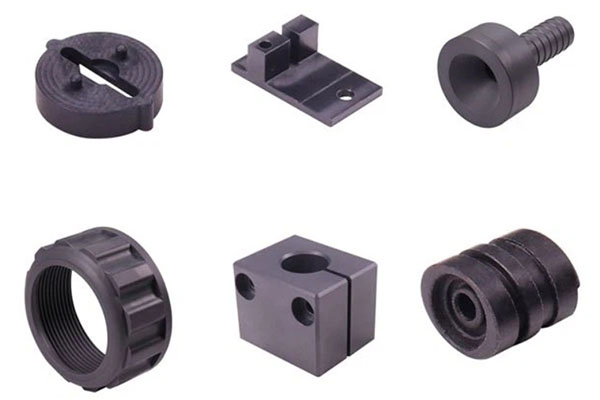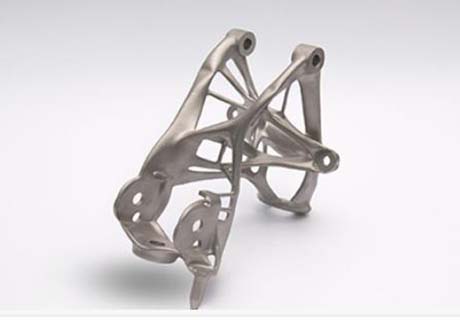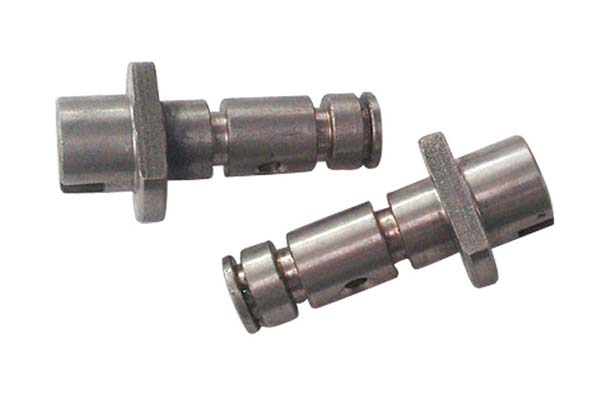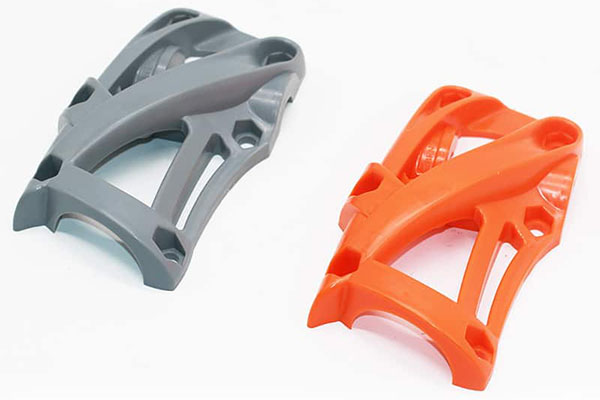Introduction to Glass CNC Machining
Glass CNC (Computer Numerical Control) machining has revolutionized the world of glassworking by bringing precision, repeatability, and complexity to what was once a highly manual and craft-based industry. This advanced technology allows manufacturers to create intricate glass components with unparalleled accuracy and consistency, making it indispensable in various fields such as architecture, automotive, optics, and even decorative arts. CNC machining is enabling the production of custom glass products that were previously impossible or prohibitively expensive to produce by hand.
In this article, we explore how CNC technology has transformed glassworking, from its basic principles to its wide-ranging applications across industries.
Understanding the Basics of Glass Machining with CNC
CNC machining for glass involves using computer-controlled machinery to execute highly precise cutting, milling, drilling, and engraving processes on glass materials. The entire process is guided by digital instructions, which help eliminate human error, achieve tight tolerances, and produce complex designs. The key components in glass CNC machining include:
- CAD Software (Computer-Aided Design): This software is used to create digital models of the glass components to be manufactured. The designs are highly detailed, including measurements, angles, and geometries, to ensure precision.
- CAM Software (Computer-Aided Manufacturing): CAM software converts the digital CAD designs into machine-readable instructions, telling the CNC machine how to move and operate during the machining process.
- CNC Machine: This is the physical machine that performs the tasks of cutting, shaping, or engraving the glass. It operates based on the data provided by the CAD and CAM software.
- Specialized Tooling: CNC machines use specific tools for glass, such as diamond-tipped cutters, saw blades, and grinding tools, which are designed to handle the unique properties of glass.
The Evolution of Glassworking
Glassworking has evolved significantly over thousands of years, from basic manual techniques to the advanced methods we see today. Historically, glassmakers used tools such as blowpipes and molds to shape molten glass, relying heavily on skill and experience. Over time, techniques like lampworking, sandblasting, and press molding were developed, offering more control but still requiring significant manual labor.
CNC technology has dramatically advanced glassworking by enabling machines to take over the most complex and precise tasks. It combines the artistry of traditional glassmaking with the accuracy and repeatability of modern automation, allowing for faster production and higher-quality results.
Traditional Methods vs. Modern CNC Technology
While traditional glassworking techniques still hold value, CNC technology has outpaced them in several key areas:
Traditional Methods:
- Manual Skill Dependency: The quality of the finished product is highly dependent on the artisan’s expertise.
- Time-Consuming: Techniques such as hand cutting or grinding take a lot of time, especially for intricate designs.
- Limited Precision: Achieving tight tolerances and intricate details is challenging with manual methods.
- Inconsistent Results: Variations in temperature, pressure, and the artisan's skill can lead to inconsistent results.
Modern CNC Technology:
- Automated Processes: CNC machines require minimal human intervention, reducing the chances for errors and variability.
- High Precision: CNC technology can cut and shape glass to extremely tight tolerances, often in the range of microns.
- Efficiency: CNC machines can complete tasks much faster than traditional methods, making mass production of precise components feasible.
- Reproducibility: CNC machining allows for the exact replication of components, ensuring consistency across all units.
Precision and Accuracy in Glass CNC Machining
One of the key advantages of CNC glass machining is the unmatched precision it offers. The ability to produce glass components with micrometer-level accuracy opens up new possibilities across industries where tolerances and performance matter. For example:
- Medical Devices: Glass components used in medical instruments or diagnostic equipment require exact measurements to ensure proper function.
- Optics: Precision is crucial in manufacturing lenses, prisms, and other optical components where even a slight deviation can affect performance.
- Aerospace: Glass components like cockpit windows must meet strict quality standards and precise dimensions to ensure safety and performance.
In CNC glass machining, precision is achieved by:
- Digital Control: The CNC machine follows a precise, computer-guided program, ensuring exact cuts.
- Advanced Tooling: Specialized tools for glass ensure clean, accurate cuts with minimal waste.
- Continuous Monitoring: CNC machines are equipped with sensors and feedback mechanisms to adjust the process as needed to maintain optimal precision.
Achieving Complex Designs and Tight Tolerances
CNC machining enables the creation of complex geometries that were once nearly impossible to achieve with traditional glassworking methods. This capability is crucial for industries that require intricate designs or highly specialized parts. Some applications include:
- Optical Lenses: Precision lenses used in photography, medical imaging, and telescopes require highly intricate shapes and perfect surface finishes.
- Architectural Glass: Modern architecture often calls for complex, custom-designed glass panels for facades, windows, and decorative elements.
- Automotive Components: Windshields and mirrors need to fit with tight tolerances to ensure safety and functionality.
CNC technology also ensures tight tolerances—the ability to maintain exact dimensions and angles in each piece. For instance, automotive manufacturers rely on CNC machining for precise glass windshields that integrate seamlessly with sensors, cameras, and other components in modern vehicles.
Types of Glass Suitable for CNC Machining
Not all glass is equally suitable for CNC machining. The choice of material depends on the specific requirements of the project, including thermal stability, mechanical properties, and optical clarity. Some common types of glass used in CNC machining include:
Soda Lime Glass
- Common Use: Windows, windshields, and household items.
- Properties: Affordable and versatile, but less durable compared to other types of glass.
Borosilicate Glass
- Common Use: Laboratory equipment, cookware, and lighting fixtures.
- Properties: Resistant to thermal shock and high temperatures, making it ideal for scientific and industrial applications.
Quartz Glass
- Common Use: Optical instruments, semiconductor manufacturing, and high-temperature applications.
- Properties: Exceptional thermal stability and optical clarity, ideal for precise lenses and high-performance equipment.
Tempered Glass
- Common Use: Automotive glass, architecture, and safety applications.
- Properties: Stronger and more resistant to breaking compared to standard glass.
Different Glass Materials and Their Applications
Each type of glass has its own unique set of properties that make it suitable for different applications:
Soda Lime Glass
- Architecture: Used in windows, doors, and facades.
- Consumer Products: Picture frames, tabletops, and decorative glass items.
Borosilicate Glass
- Scientific Equipment: Beakers, test tubes, and flasks.
- Cookware: Pyrex and other heat-resistant cookware.
- Lighting: Lamp shades and light fixtures.
Quartz Glass
- Optical Lenses: Used in cameras, telescopes, and microscopes.
- Semiconductors: Crucibles and substrates in high-tech manufacturing.
Tempered Glass
- Automotive: Windshields and side windows.
- Architecture: Balustrades, protective barriers, and glass floors.
- Security: Used in bulletproof glass and other safety applications.
Applications of Glass CNC Machining
Glass CNC machining finds applications across numerous industries, from architecture to automotive and beyond. Its ability to produce precise, custom designs quickly and efficiently makes it ideal for high-end manufacturing.
Architectural Uses:
- Glass Facades and Glazing: CNC technology enables the production of large, intricately cut glass panels for modern architectural designs.
- Custom Glass Elements: Decorative glass panels, partitions, railings, and staircases can all be produced using CNC machines.
- Structural Glass: CNC-machined glass is also used in load-bearing applications like staircases and floors.
Automotive Industry:
- Windshields and Mirrors: CNC machining ensures that glass components fit perfectly into the vehicle structure, improving safety and functionality.
- Lighting: Intricate glass components for headlights and taillights can be precisely manufactured to meet automotive standards.
Decorative Uses:
- Art Glass: Sculptures, vases, and other decorative items can be created using CNC technology, combining art and precision.
- Furniture: Custom glass furniture, such as tables and shelves, can be produced with intricate cuts and finishes.
- Signage and Displays: CNC machining allows for precise engraving and cutting of glass signage for commercial and artistic purposes.
Case Studies: Successful Glass CNC Machining Projects
Architectural Marvel: The Glass House
In the design of a modern Glass House in New York, CNC-machined glass panels were created to fit seamlessly into the building's structure. The precision of the cuts allowed for uninterrupted views while maintaining the aesthetic and functional integrity of the building.
Automotive Innovation: Electric Vehicle Windshields
A major electric vehicle manufacturer employed glass CNC machining to create lightweight, high-performance windshields. The precise cuts enabled perfect integration with the vehicle’s sensors, improving both safety and driving experience.
Artistic Excellence: Custom Sculptures
An artist collaborated with a CNC machining company to create a series of intricate glass sculptures. The fusion of traditional artistic craftsmanship with modern technology resulted in stunning works that would have been difficult, if not impossible, to achieve by hand.
Conclusion: Embracing Advanced Glass CNC Machining for Advanced Manufacturing
CNC machining has dramatically transformed glassworking, allowing for greater precision, efficiency, and complexity in manufacturing glass components. From high-end architectural designs to precision optics and automotive applications, glass CNC machining is enabling the creation of
custom products with unparalleled accuracy and repeatability. As technology continues to evolve, the future of glass CNC machining promises even more possibilities, pushing the boundaries of what is achievable in both manufacturing and design.
For industries that require precision, durability, and high-quality glass products, CNC machining offers a reliable and effective solution. Whether for custom decorative elements, critical components in scientific equipment, or advanced architectural projects, this technology is helping to reshape the world of glass manufacturing.
